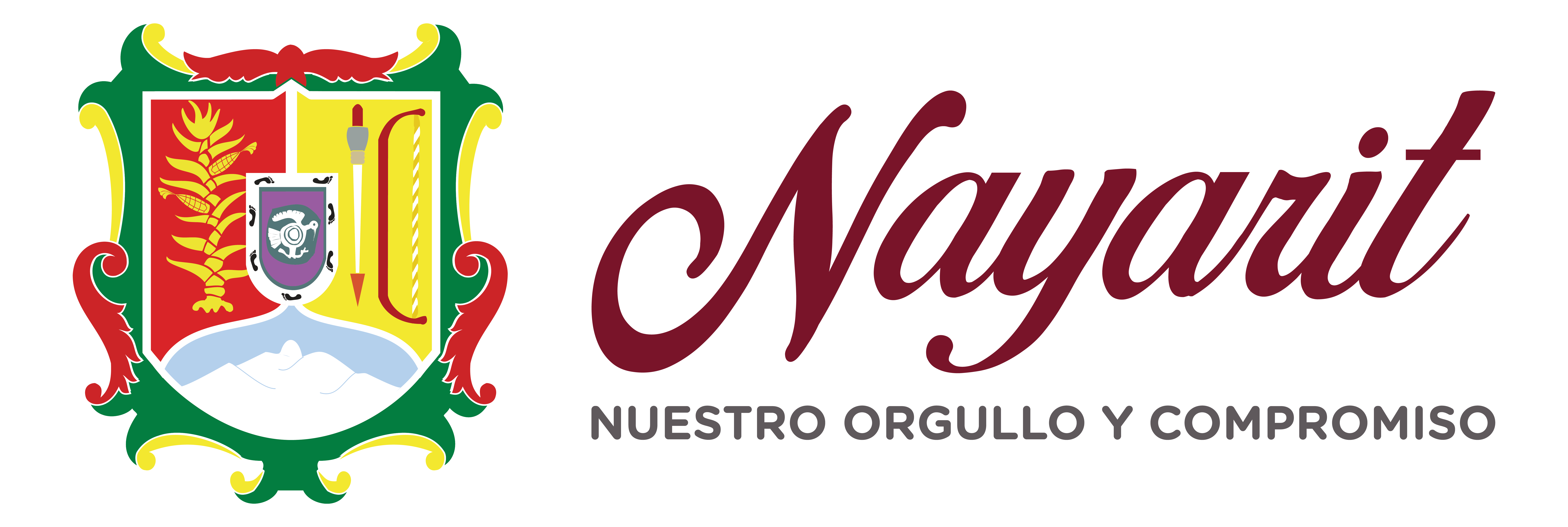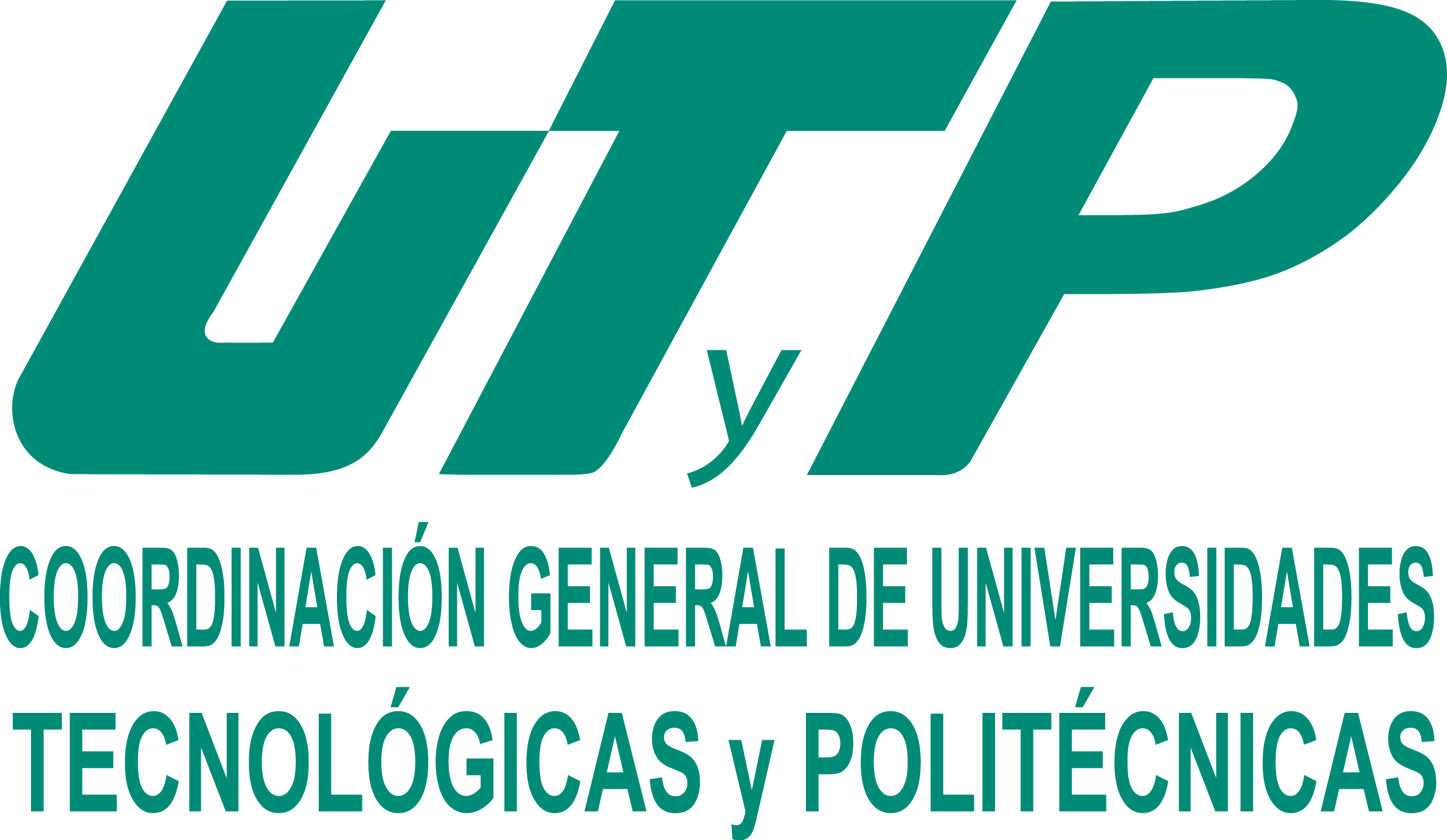Development of Oil Palm Cultivation in Campeche
History and Future Perspectives
Keywords:
Oil palm, Productive reconversion, Sustainable developmentAbstract
Background: During the last 20 years, government policies have promoted oil palm plantations in the state of Campeche under a scheme of small-scale rural plantations. Objective: The history of the development of oil palm cultivation in southern Campeche and future perspectives are described. Methodology: A documentary review and semi-structured interviews were carried out with key informants of the oil palm product system. Results: The expansion of palm oil has been carried out without having a development plan. Because of this, rural plantations are characterized by their low level of technology, low productivity and dependence on government support. Its impact is signifificant from an economic point of view in the context of palm communities, while from an environmental perspective it has not been a factor in deforestation. Conclusion: Rural palm cultivation is at risk of disappearing in the current context due to the lack of government support, the end of the productive life of the plantations and the arrival of agro-industrial companies with foreign capital.
Downloads
References
Abrams, J. B., Pischke, E. C., Mesa-Jurado, M. A., Eastmond, A., Silva, C. A., Moseley, C. (2019). Between environmental change and neoliberalism: the effects of oil palm production on livelihood resilience. Society and Natural Resources, 32 (5): 1-18. doi: https://doi.org/10.1080/08941920.2018.1544678
Castellanos-Navarrete, A. (2018). Palma de aceite en tierras campesinas: la política de las transformaciones territoriales en Chiapas, México. Revista Pueblos y Fronteras Digital. 13: 1-34 https://doi.org/10.22201/cimsur.18704115e.2018.v13.357
FAO. (2020). Crops. http://www.fao.org/faostat/en/#data/QC/visualize.
FEMEXPALMA (2020). Programa holístico. https://unmexicopalmerosustentable.com/es/. Accesada 1 de octubre de 2020.
FEMEXPALMA. (2021). Anuario estadístico 2021. Villahermosa: Federación Mexicana de Palma de Aceite.
Isaac-Márquez, R., Sima, G. E., Arcipreste, M. E. (2021). Palma de aceite, reconversión productiva y respuestas campesinas en el uso del suelo. Tropical and Subtropical Agroecosystems. 24 (51): 1-17
Martínez, L., Gerónimo, J. C., Morales, C., Carrasco, L. R., Cruz, J. P. (2017). Impacto socioeconómico de la palma aceitera en los medios de vida de los pequeños productores de México. Informe técnico. Solidaridad Network.
Meijaard, E, Garcia-Ulloa, J., Sheil, D., Wich, S. A., Carlson, K. M., Juffe-Bignoli, D. et al. (eds.) 2018. Oil palm and biodiversity. A situation analysis by the IUCN Oil Palm Task Force. IUCN Oil Palm Task Force Gland. Switzerland: International Union for Conservation of Nature.
Ramírez, J. (2019). Situación del cultivo de palma de aceite en Campeche. Informe técnico. Campeche: Solidaridad Network.
RSPO. (2020). Roundtable on Sustainable Palm Oil. https://www.rspo.org/. Accesada 15 de marzo de 2020
SAGARPA. (2017). Palma de aceite mexicana. Planeación agrícola nacional 2017-2030. México: Secretaría de Agricultura, Ganadería, Pesca y Alimentación.
SIAP. (2020). Cierre de la producción agrícola por estado. http://www.siap.gob.mx/cierre-de-la-produccionagricola-por-estado/ Accesada 10 de enero 2020
Vijay, V., Pimm, S. L., Jenkins, C. N., Smith, S. J. (2016). The Impacts of Oil Palm on Recent Deforestation and Biodiversity Loss. PLoS One. 11: e0159668. DOI:10.1371/journal.pone.0159668
Downloads
Published
Issue
Section
License
Copyright (c) 2022 Ricardo Isaac Márquez, Angélica Patricia Isaac Márquez

This work is licensed under a Creative Commons Attribution-NonCommercial 4.0 International License.








